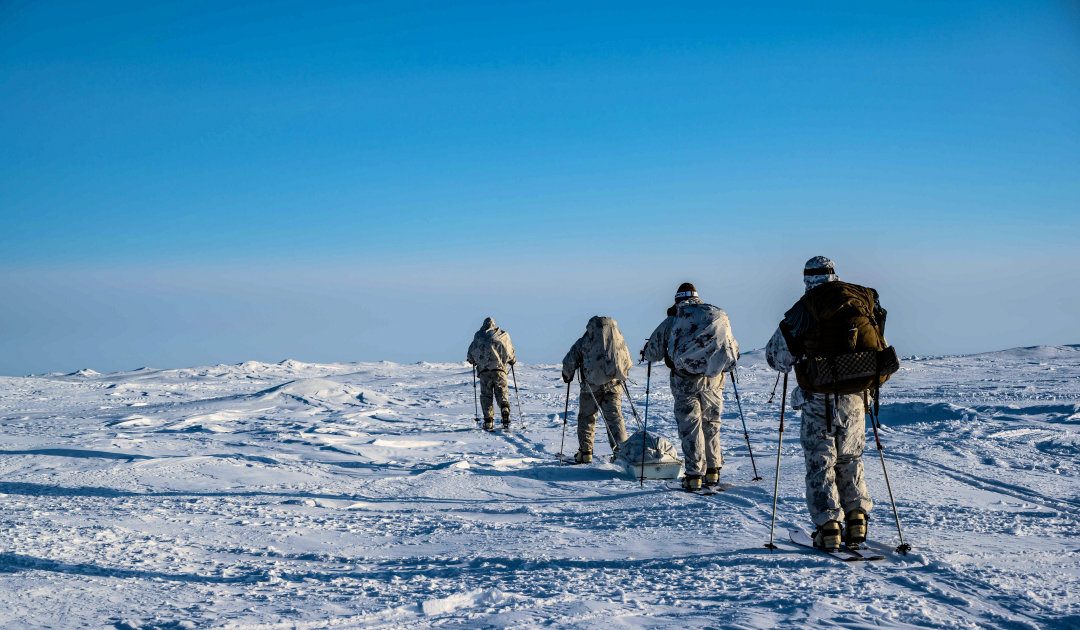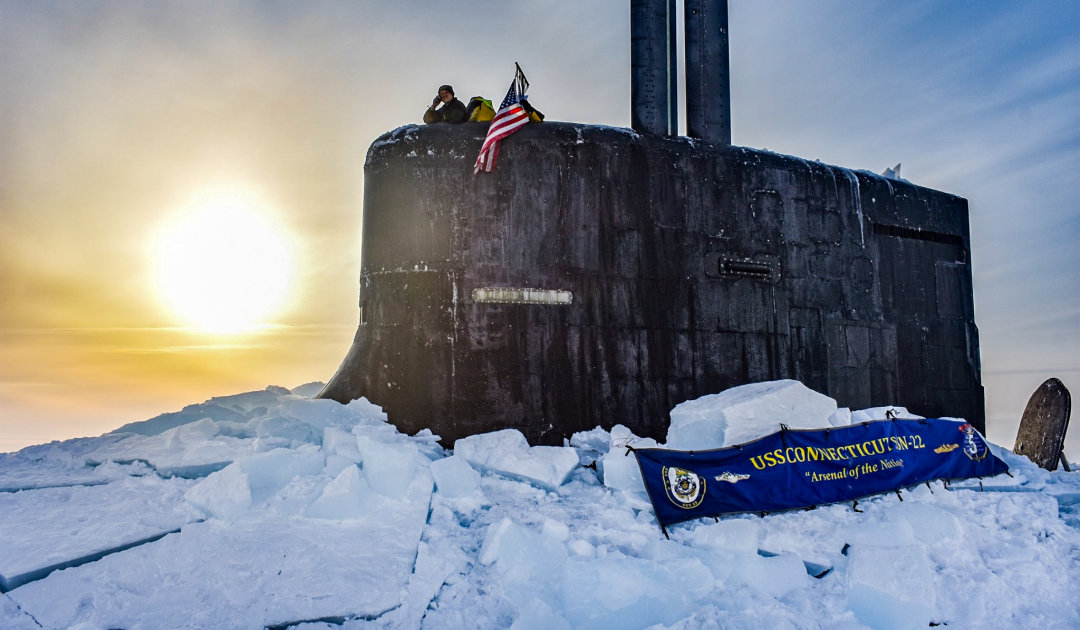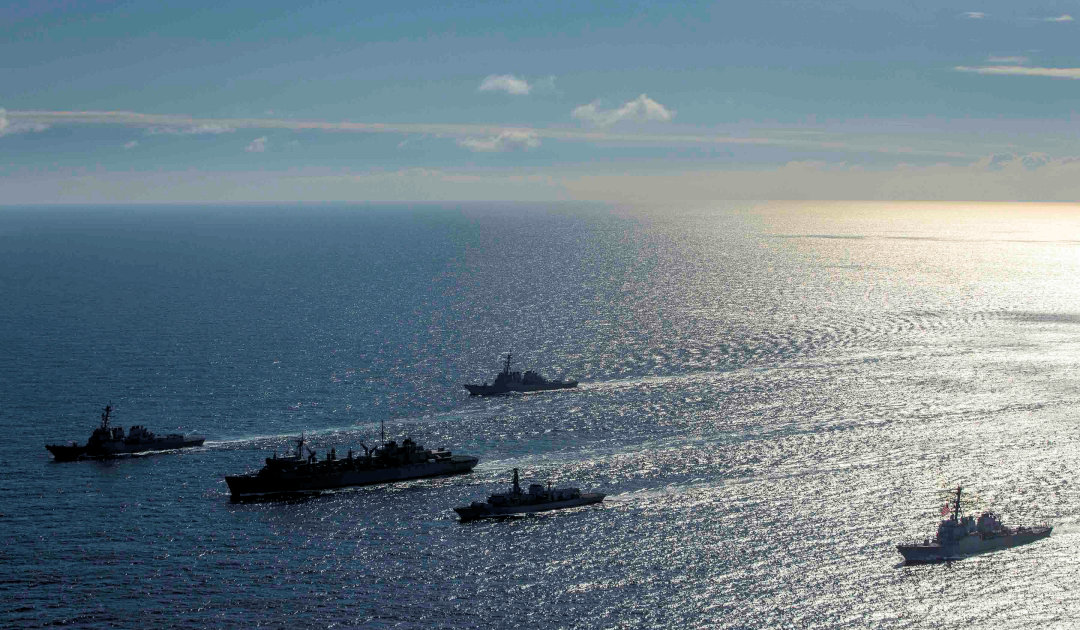
In recent years, the Arctic has increasingly become the focus of world powers. The climate change-induced decline in Arctic sea ice has put military strategists on notice, in addition to economic opportunities. While Russia is arming its northern regions militarily and economically and China is establishing itself as another great power in the Arctic, the USA has only recently begun to show itself again as an Arctic state. The Navy has now presented a draft of its future strategy and wants to demonstrate strength again.
The document, titled “A Blue Arctic,” in reference to the disappearing sea ice and the emerging opening of the Arctic Ocean, was made public on January 5. In addition to the expansion of its own infrastructure, it also aims to show an increased presence through exercises and operations in the Arctic regions with the involvement of the US Marine Corps and the Coast Guard. In addition, the 28-page document states that strategic partnerships are to be strengthened and expanded again. This is to involve both surface and submarine forces of the US Navy and also other partners, especially NATO. The goal is to “improve the readiness, capabilities, and professionalism of naval forces in the Arctic region in the coming decades.” Further, according to them, the existing infrastructure will be modernized to “solidify the competitive advantage in the Arctic Region.” This statement, however, is at odds with the analysis of experts who some time ago in the journal The National Interest stated that the U.S. had some serious failures in the area of opportunities in the Arctic.
The document names Russia and China as threats to U.S. national interests in the Arctic. In this context, Russia’s military buildup along the Northeast Passage is admittedly seen as a muscle flexing and in defense of its northern borders. But at the same time, “the escalatory and non-transparent nature of Russia’s military activity and unlawful regulation of maritime traffic along the Northern Sea Route undermines global interests, promotes instability, and ultimately degrades security in the region,” the document states. China, whose economic activities in the Arctic, especially in cooperation with Russia, are viewed critically by the U.S., is also expected to engage in military activities in the Arctic in the coming years, the authors write. This makes them a “threat to people and nations, including those who call the Arctic Region home.”

The U.S. Navy’s strategy paper lists modernization as well as increased cooperation with existing allied partners and the addition of new partners. In doing so, they also want to increasingly connect internally, i.e. with the Coast Guard and the U.S. Marine Corps, as well as bring public and private partners on board. This should lead to major progress, especially in technical development and modernisation. Last year, the US Navy had already strengthened this aspect and conducted several exercises and operations in the Arctic with Great Britain, Norway, Denmark and other partners. Among other things, U.S. warships went up far into the Barents Sea and several partners participated in the ICEX2020 exercise in the Beaufort Sea. Submarines were also used in the process. Such exercises together with partners and allies are to be carried out more frequently in the future, according to the Navy strategists.

The US Navy’s strategic plan comes at a time when, on the one hand, there is talk of a “Cold War 2.0” as the military muscle-flexing between the US and Russia has intensified again in recent months. Sweden and Norway had planned an upgrade of their own Arctic forces in their strategy papers and explicitly pointed out the dangers of a military conflict in the region when presenting their strategies. At the same time, however, experts are giving the all-clear, saying that militarization of the Arctic is a long way off and that cooperation in the field of Arctic shipping and operations is more likely. But looking at the strategy paper of the US Navy and other Arctic states, this assumption seems rather unlikely.
Dr Michael Wenger, PolarJournal
Link to the strategy paper “A Blue Arctic
More on the subject:







